The most widespread of all snake species in Massachusetts, the Eastern Garter Snake can frequently be spotted out sunning itself on rocks and logs in sunny forest clearings, grassy meadows, backyards, and in freshwater habitats.
While garter snakes are basically harmless, they may release an unpleasant-smelling secretion when they are handled so, as with all wildlife, it’s best to leave them to their business and admire them from afar. Snakes that are sunning may have just eaten, so handling them may cause them digestive problems. Conversely, snakes that are hiding may be getting ready to shed, which can affect their vision, so they may be more defensive if they cannot see well. It suffices to say that it’s better for both snakes and people if we can avoid harassing them by attempting to handle them.
Garters lack fangs or, strictly speaking, venom glands, although they do have a small amount of toxin in their saliva that is only dangerous for amphibians and other small prey animals. Far more interesting than its offensive capabilities is the snake’s chemical defense strategy: Not only are garter snakes resistant to naturally occurring poisons from their toxic prey (including newts and toads), but they can also retain the toxins in their bodies, thereby becoming toxic themselves and deterring potential predators. Amazing!
Here are five photos of our amazing official state reptile from our annual Picture This: Your Great Outdoors photo contest. The 2020 photo contest is now open, so submit your beautiful nature photography today!
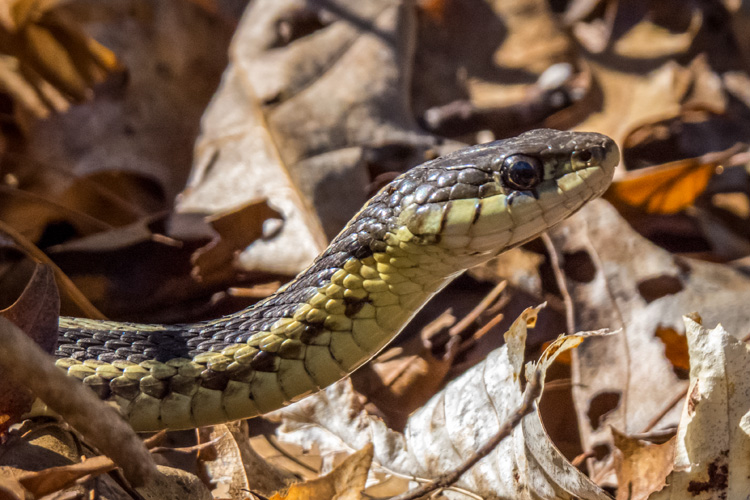
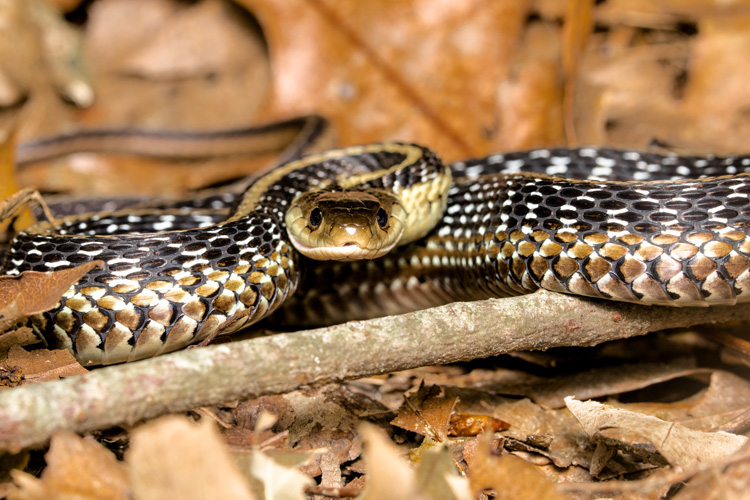
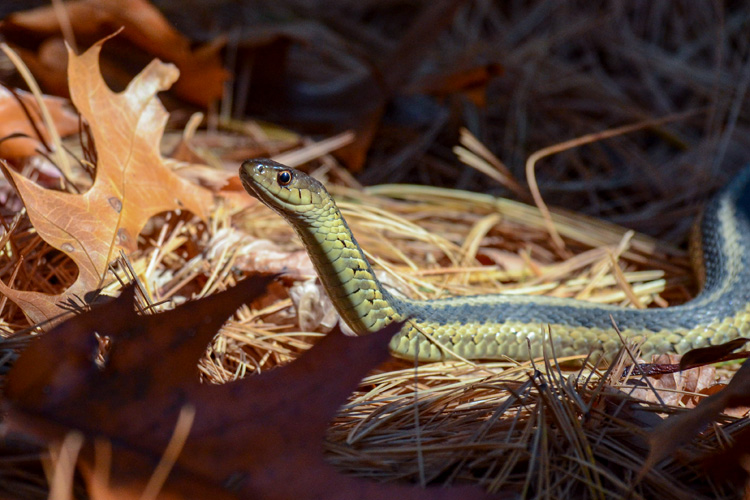
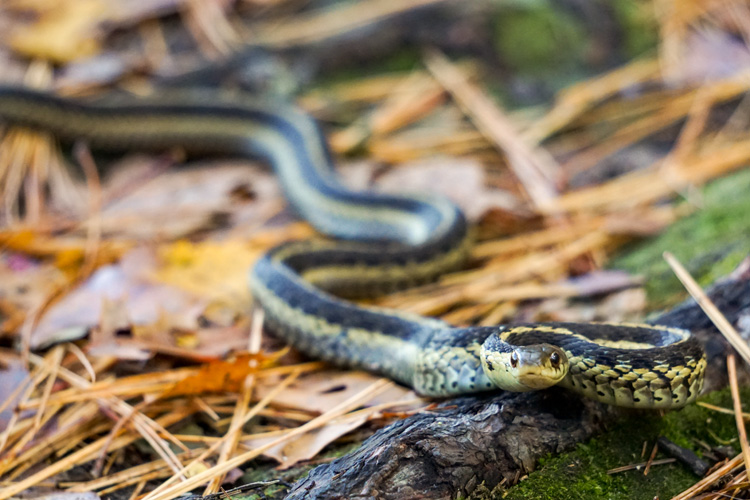
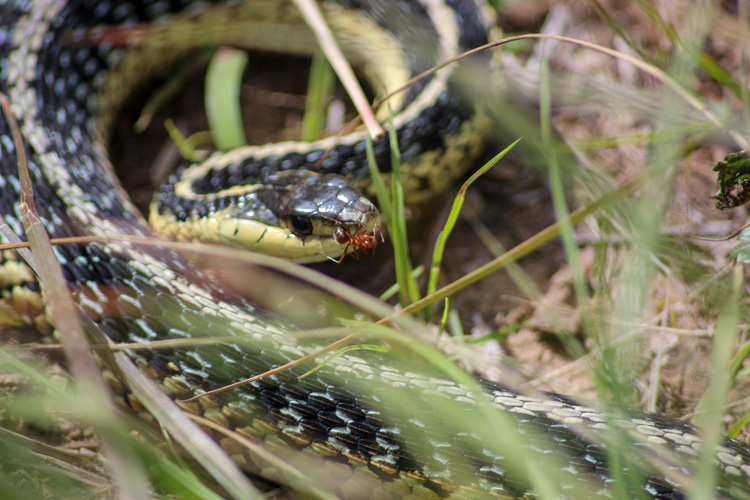


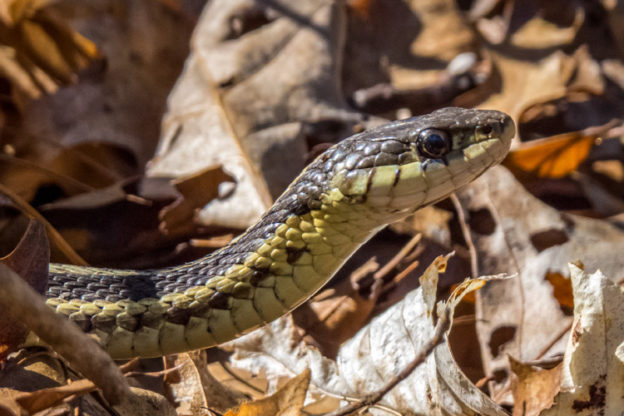
*Thank you for this great information, Ryan!
I have seen some garter snakes deal with those yucky secretions from American Toads, and others horribly repulsed.
And I too, am another “ex-Pat from Vermont” (B-town, Colchester, Bristol).
Be well,
Michael, the resilient Chestnut tree from Moose Hill